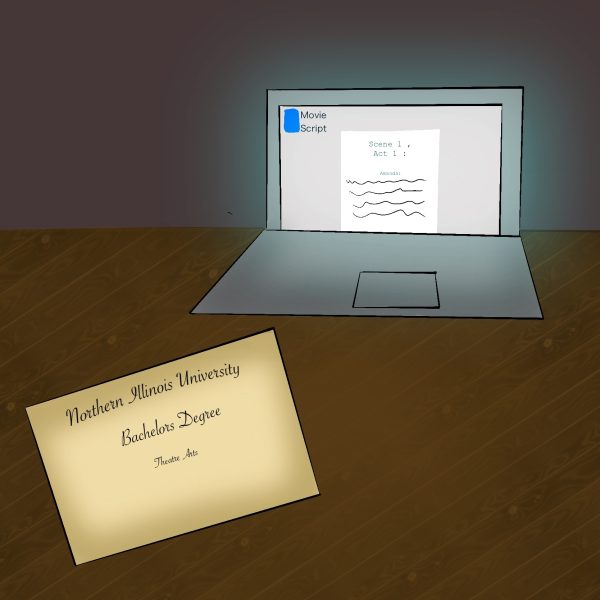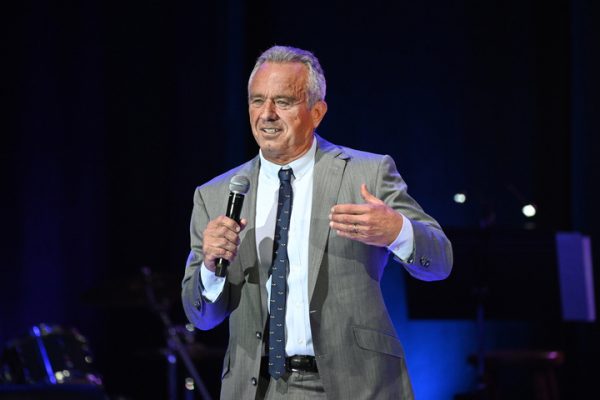Discovery space shuttle should not retire to museum
April 22, 2012
Tuesday, the space shuttle Discovery took to the air for the last time. It was one of the most demoralizing things I’ve ever seen.
According to NASA, Discovery’s career spanned 26 years. The shuttle successfully completed 39 missions in space; more than any other space shuttle in the fleet. During those 39 missions, she traveled nearly 150 million miles and spent a total of one year in space.
After the Challenger and Columbia disasters, it was Discovery that lead America’s charge back into the final frontier. Discovery put the Hubble Space Telescope into orbit and was the first shuttle to dock with the Russian space station Mir.
The final mission was the STS-133 mission to the International Space Station. Discovery, lead by Commander Steve Lindsey and a crew of six, delivered the Permanent Multipurpose Module which created more room for science tasks and storage. They also dropped off Robonaut 2, which NASA described as a “humanoid robotic helper.” The mission was completed on March 9, 2011 when all seven astronauts returned home safely.
On Tuesday morning, I turned to CNN just in time to watch Discovery come in for the final landing at Washington Dulles International Airport. Discovery did not fly under its own power, but was mounted to the top of a modified 747 passenger jet for transportation. It will be on display in the Smithsonian Museum by year’s end.
In my view, this is equivalent to sending your 26-year-old war-hero sibling to a retirement home because you can’t afford to keep him/her around anymore. We are Americans, folks. We don’t quit like this.
Several years ago, I was given the opportunity to fly in a B-17 bomber above DeKalb. At the time, the “Sentimental Journey” was one of only twelve B-17 bombers in the world still capable of flight. I will cherish the memory of that flight for the rest of my life.
I concluded the B-17 article with the following statement, “We landed, I thanked the crew, and patted the side of the rickety old airplane that remains resolute and refuses to retire to a museum in the face of old age. Like many other members of the greatest generation, this plane not only fought for our freedom but remains present as a living piece of history, a time machine to one of the greatest eras in American history.”
My point is this: If the day should come when a space shuttle can no longer fly due to mechanical issues, obsolete technology, safety concerns or, god forbid, an accidental crash, I can accept a decision to end the program. However, to relegate one of humanities most incredible technological and scientific achievements in history to a museum due to budget cuts is nothing short of a disgrace.
By the way, the 68-year-old Sentimental Journey is still flying to this day. If you’re keeping score, the answer is yes; our grandparents are still the greatest generation.












